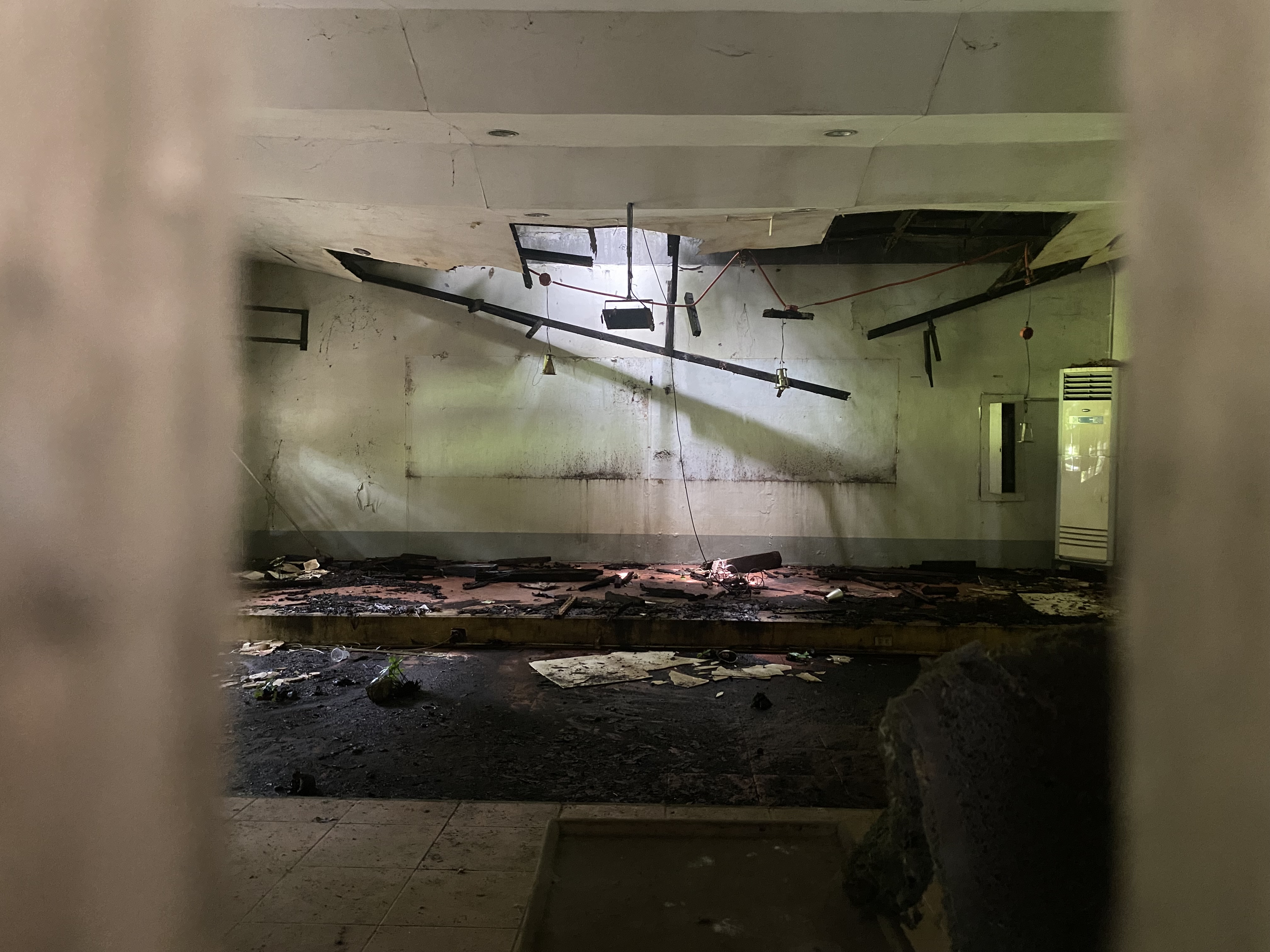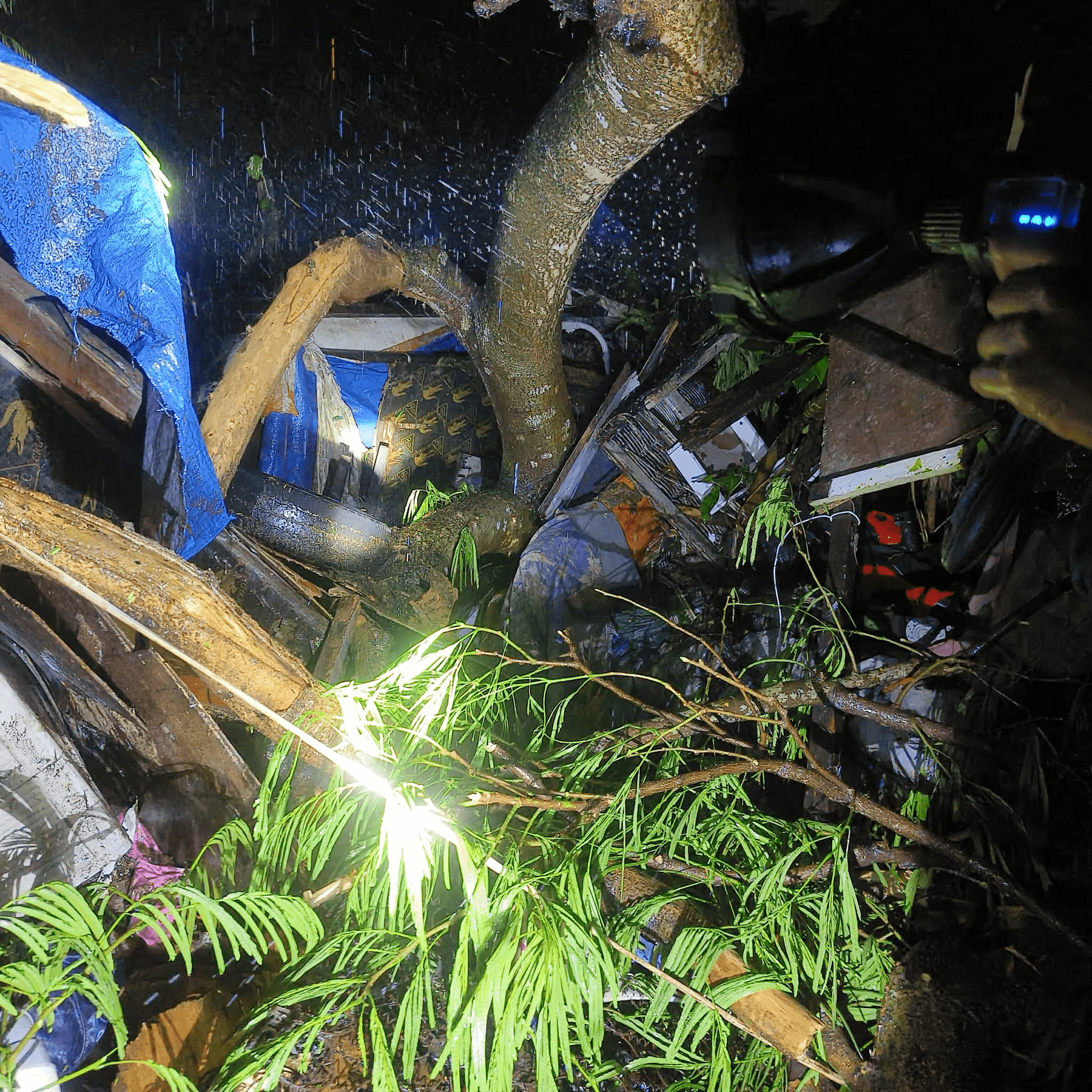In this University Student Council (USC) election, the odds are stacked against the UP Alyansa ng mga Mag-aaral para sa Panlipunang Katwiran at Kaunlaran (UP Alyansa). The Student Alliance for the Advancement of Democratic Rights in UP (STAND UP) last year swept the USC and appears to still be in a good position to win again.
UP Alyansa campaigned for weeks on social media, flaunting the individual achievements of their candidates through Tiktok videos and Facebook posts. Likewise, their supporters in the university released testimonials backing the party.
Last year, their campaign slogan, “Let’s redefine normal,” called on the students to challenge the harmful status quo–both inside and outside UP. Now, as UP Alyansa aims to give empowering spaces that promote student involvement, they are presenting themselves under the tagline, “Ka-Alyansa tayo sa pagpanalo ng bukas.”
Once again, the blue party is campaigning for change through the UP community’s collective efforts. In the national setting, meanwhile, they support the candidacy of Vice President Leni Robredo for president and Sen. Francis Pangilinan for vice president by striving for a like-minded future with the phrase “#KulayRosasAngBukas.”
The current political climate recognizes UP Alyansa’s call for an inclusive, safe, and service-oriented future for the community. With the nearing national elections, change is paramount for the Filipino community’s welfare. According to Tristan Rafa, UP Alyansa’s candidate for Vice-Chairperson of the USC, “[we need] a USC that … balances efficient student services and student representation, and is active in national and local campaigns.”
But after four years of losing seats in the USC, the blue party’s win remains uncertain in this election. Learning from its past, did UP Alyansa tweak its strategies and stances to be more attuned to its constituents' ideals?
Unshackled Spaces
Like in their previous campaigns, UP Alyansa is pushing to create safe spaces for students by disseminating information on health centers, initiating events for student participation, and calling for good governance in the university and national arena.
“That means giving spaces for student involvement … [that] enables us to be participative not just in the USC but also in the national setting,” said Jaira del Mundo, UP Alyansa’s candidate for chairperson of the USC.
UP Alyansa’s general plans of action (GPOA) also showed concern toward the plight of the UP community, both students and residents alike. While STAND UP’s campaign leans on fighting for democratic rights, UP Alyansa stands out more in service-oriented programs to students like its UP Santuwaryo for housing victim-survivors from unsafe households, and Bida Isko for freshmen empowerment. They will also reassess the UP Master Development Plan to ensure that there would be “no intrusion to the green spaces [and] the communities.”
Reflecting the party’s goal, they call for inclusive governance from the university administration to formulate the face-to-face classes policy. Del Mundo’s specific plans of action (SPOA) laid out a plan to evaluate Chancellor Fidel Nemenzo’s administration and the upcoming nominees for the UP presidency. She made clear that the university needs a new UP president and chancellor who are sincere and open to dialogue with constituents for the latter’s overall welfare.
“UP Alyansa has been active … for the student body and the nation. Dahil pinaniniwalaan talaga namin na [ito] ay dapat lagi’t lagi para sa bayan,” said Rafa.
Hindrances
But behind UP Alyansa’s comprehensive and well-thought platforms, the lack of manpower in the blue party and trouble in engagement hound their campaign.
Rafa said that they faced difficulty organizing in the virtual setup. “Hindi lahat ng spaces ay conducive. Hindi lahat ng members namin ay active [at] hindi gaano kalakas ang recruitment.”
In response, UP Alyansa’s initiatives like Gabay Isko, Bida Isko, and The Sanctuary Project, offer spaces for the party’s recruitment. Bida Isko, for one, served as the training ground of UP Alyansa’s incumbent student-leaders like Robin Traballo (running as a college representative to the USC) and even del Mundo herself.
Online campaigning is also difficult for the candidates. Outside the party, not all students are very active on social media because of the draining effect of online classes. When asked about the campaign’s direction, the party has prioritized releasing online content rather than “zoom-to-zoom” sessions. “Zoom to zoom” has been the proxy to the traditional “room to room” campaigns–instead of going over physical classes, candidates are now hopping over Zoom classes in the hopes of wooing voters.
The “zoom-to-zoom” sessions were done in classes with many attendees, but the party doubts its effectiveness since it was hard to enter other online classes. “We try to exhaust all platforms to reach out to as many people as possible, [because] voter turnout last year was very low,” said del Mundo.
Only 10,446 (46.18 percent) students voted in the previous USC election, the highest voter turnout in the past decade. Before 2021, the voter turnout decreased every year, with the lowest at 40.85 percent in 2019.
Amid UP Alyansa’s current struggles in organizing, Rafa hoped that they were able to inspire more students to vote in this election. “The challenge is to prove to the student body that the USC is relevant … There shouldn’t be any growing disinterest [sa] student involvement.”
Unclear Stances
But organizing is just half of electioneering–stances and party platforms are still among the factors that a party should focus on during an election cycle. Even though UP Alyansa’s platforms are promising, there are questions about not having a solid stand on local and national issues.
The blue party’s multiperspective activism resulted in criticisms of its stances on the K-12 program and agrarian reform in its previous campaigns. Del Mundo insisted that fostering multiperspective activism is important for UP Alyansa, because the party has different member organizations with different stances on issues.
Last year, some of their candidates were for reforming the K-12 program rather than junking it. Moreover, UP Alyansa did not give a solid stance on the Comprehensive Agrarian Reform Program Extension with Reforms (CARPER) due to its deemed “complexity.”
While such touchy issues were not thoroughly mentioned again this election, UP Alyansa has, nonetheless, shown solid stances on some national issues. For one, they did not agree with the SIM Card Registration Bill and the recent Public Service Act since the measures endanger the democratic rights of the students.
The party did not also agree that the university is ready for physical classes due to lack of consultations in the policy formation. As a result, if elected, UP Alyansa promises health-responsive projects like online class-friendly spaces on the campus and an academic ease framework during the transition to a safe return to classes.
Despite these small improvements, UP Alyansa yet has to form solid stances reflective of its constituents’ calls, let alone increase its engagement with the studentry.
But beyond their ideology, the blue candidates envision a USC that addresses multi-sectoral concerns and is active in local and national campaigns–a point they continue to hammer during the electoral forums. “We envision a USC that pushes for efficient, accessible basic student services and genuine student representation,” said Rafa.
Winning this election is an uphill battle for Alyansa, given the straight wins of STAND UP and the unsure voter turnout this year. If UP Alyansa wants to sway more voters, organizing is not enough–the party should also make clear to the voter its stances on issues that matter. But more than that, the party’s beliefs should simultaneously be in full color and attuned to the UP community’s ideals. ●






